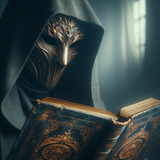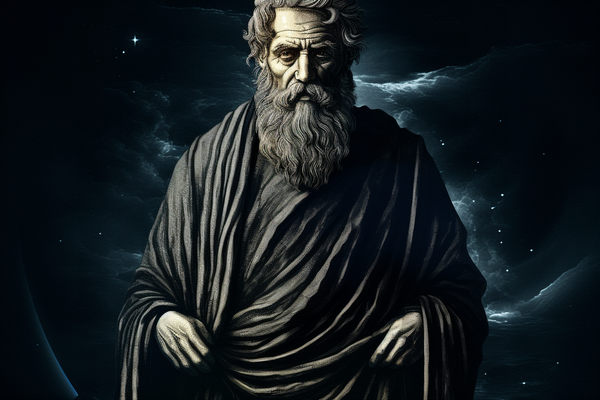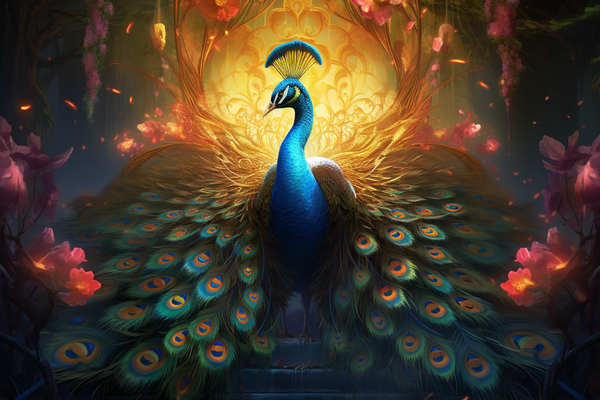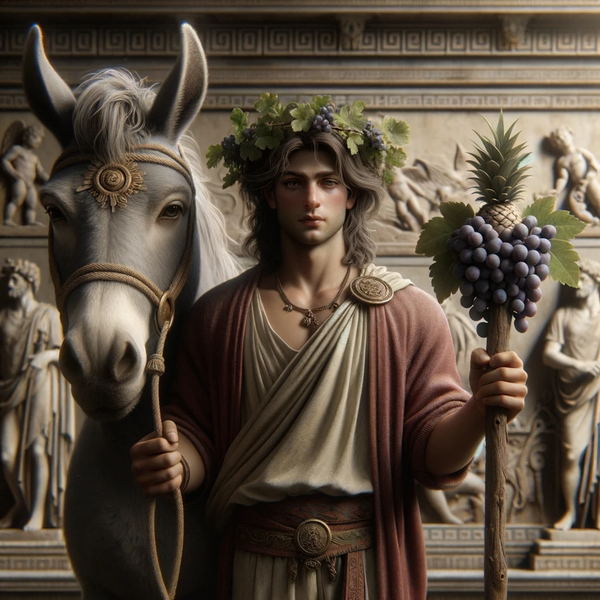A Timeline of Argentina
A broad timeline of Argentina from 500 BC to present day.

The Mapuche Era (500 BC - 1500s AD)
Originating from the Chilean side of the Andes, the Mapuche expanded into the Patagonian plains of present-day Argentina. Known for their fierce resistance to outsiders, they established a society based on communal land ownership and were skilled in pottery, weaving, and metalwork.
The Guarani Expansion (1100 AD - 1500s AD)
The Guaraní, primarily settled in the regions that are now Paraguay and parts of Brazil, expanded into north-eastern Argentina. They established semi-permanent villages called "tekoha" and were known for their intricate woodwork and musical traditions.
The Quechua Influence (1400 AD - 1500s AD)
While the heartland of the Quechua – the Inca Empire – was in modern-day Peru, their influence extended into northwestern Argentina. The Quechua introduced advanced agricultural techniques, terracing, and a road system that connected vast stretches of South America.
The Age of Exploration (1500s AD - 1600s AD)
The 16th century saw the arrival of Spanish explorers. While they established Buenos Aires, they faced stiff resistance from indigenous groups, especially the Mapuche, who resisted Spanish and later Chilean domination for centuries.
The Colonial Age (1600s AD - 1810 AD)
Argentina's colonial era was marked by Spanish dominance, but indigenous influences persisted. The fusion of Spanish, indigenous, and African cultures gave birth to unique traditions, music, and cuisine.
The Age of Revolution (1810 AD - 1880 AD)
The early 19th century was a period of upheaval. Inspired by global revolutions, Argentina sought and achieved independence from Spain in 1816. Indigenous groups, however, faced challenges as the new nation-state expanded its territories.
The Age of Progress (1880 AD - 1930 AD)
Economic growth marked this era, with Argentina becoming a major global exporter of beef and grain. European immigration surged, but indigenous communities faced displacement and cultural challenges.
The Peronist Age (1946 AD - 1955 AD)
Juan and Eva Perón reshaped Argentina's political and social landscape, emphasizing workers' rights and social welfare. Their legacy remains influential in Argentine politics.
The Age of Turbulence (1955 AD - 1983 AD)
Political instability, coups, and the brutal "Dirty War" characterized this period. The quest for justice for the victims of state violence began in earnest after the return to democracy.
The Democratic Age (1983 AD - Present)
Since 1983, Argentina has navigated economic challenges while strengthening its democratic institutions. The nation continues to grapple with its past and looks forward to a future of promise and potential.






